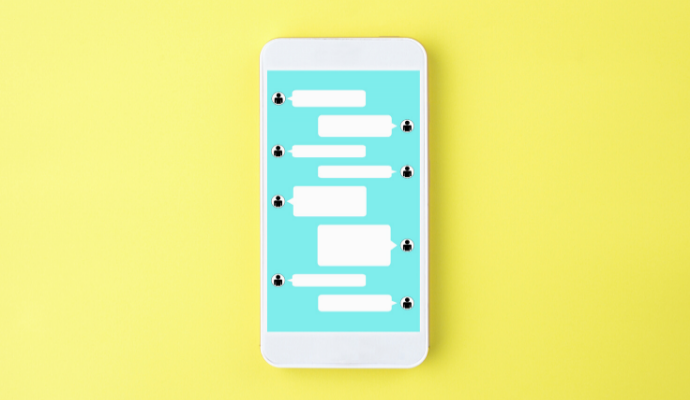Low Proportion of Older Adults Are Using Health Apps
Despite older adults having the most potential to benefit from health apps, a new study reveals that only 28 percent of this population are currently using at least one of these apps.

Source: Getty Images
- As health monitoring technology becomes increasingly innovative, a new survey from the University of Michigan (U-M) finds that older adults who could enormously benefit from these services do not show much interest in using the necessary applications.
Through various health tracking apps available for smartphones, users can report an array of data such as weight, nutrition, blood pressure, blood sugar, and activity level can occur almost instantaneously. These apps, however, are not often used by individuals who may find them incredibly useful.
For the survey, researchers from U-M polled 2,110 adults, aged 50 to 80 years, in August 2021.
They noticed that individuals with poorly managed health conditions and lower incomes were less likely to use health apps. About 56 percent of 50 to 80 year olds have never attempted to use a health-related smartphone application, and only 28 percent are currently using at least one app, the survey shows.
Further, people who make more than $100,000 annually were 43 percent likely to use health apps. This figure towers over the proportion of people who make less than $30,000 and use health apps, which stands at 15 percent.
“Now that most older adults have at least one mobile device, health-related apps can provide an opportunity to support their health-related behaviors, manage their conditions, and improve health outcomes,” said Pearl Lee M.D., M.S., a geriatrician at Michigan Medicine who worked on the poll report, in the news release.
But as age increases, the likelihood of using a smartphone app drops. According to a survey published in January, people aged 50 to 64 are 83 percent likely to own a smartphone, which decreases to 61 percent by age 65.
Although people in the older age range are less familiar with modern technology, new devices can be beneficial when managing chronic conditions.
According to the Centers for Disease Control and Prevention, just over 10 percent of Americans have diabetes, most of whom are older.
The U-M survey found that only 28 percent of older adults with diabetes use an app to track blood sugar levels, and only 14 percent use an app to track medications.
Commonly, diabetic patients use continuous glucose monitors (CGMs) to track and control the disease. CGMs attach to the skin and monitor long-term blood sugar levels. Only 11 percent of survey respondents use a CGM, the U-M survey shows. However, the amount of people who claim to be interested in this technology is 68 percent, exceeding half.
The process of learning how to use certain aspects of CGM technology would be the most challenging step for older people. But since modern CGMs can connect to health apps, increased use could lead them to other app features, like blood sugar monitoring.
